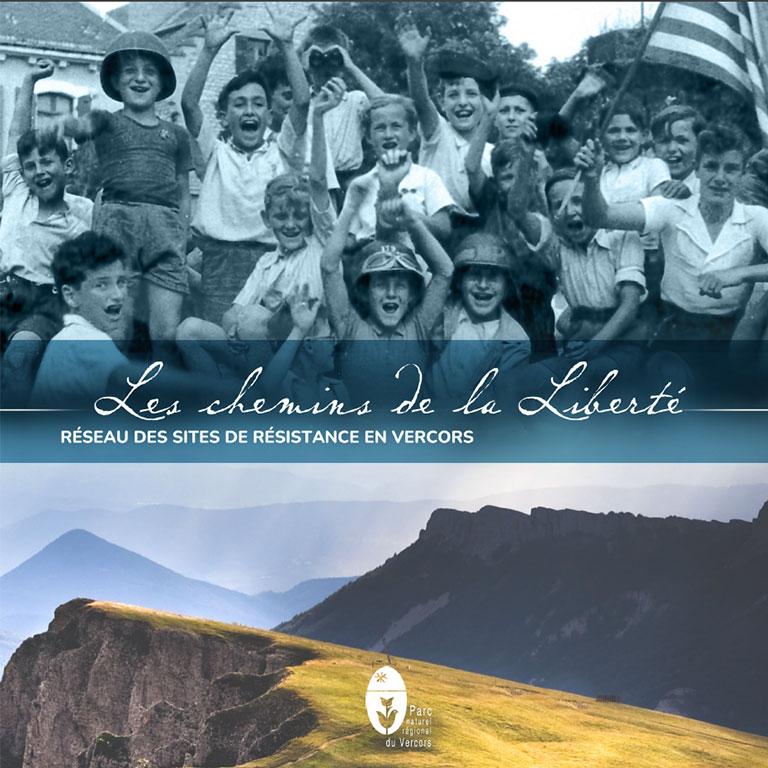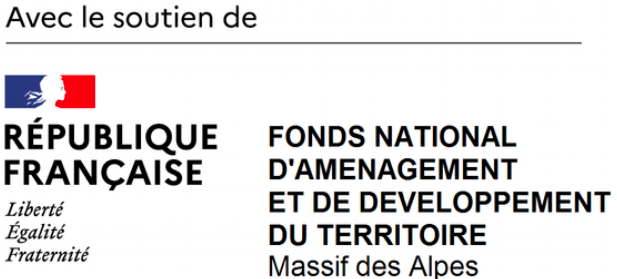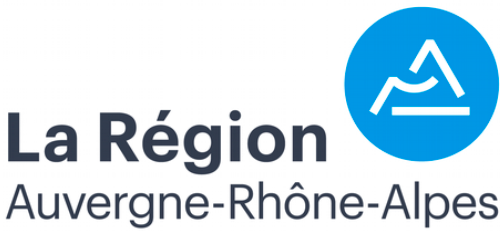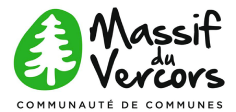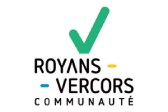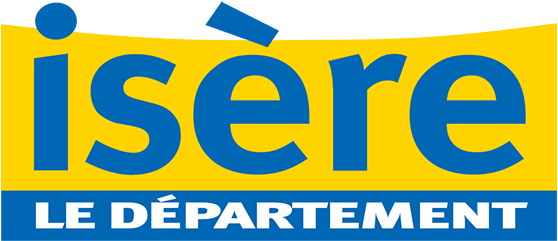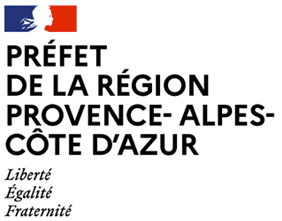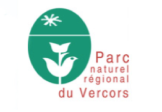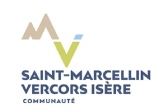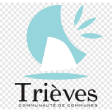Here, 50,000 years of human history gaze upon us!
The Vercors is full of archaeological sites attesting to the presence of humans, dating back to the Paleolithic period. This mid-altitude region, with its harsh climate and difficult access, is a major center for flint mining and knapping, as well as hunting, gathering, and fishing.
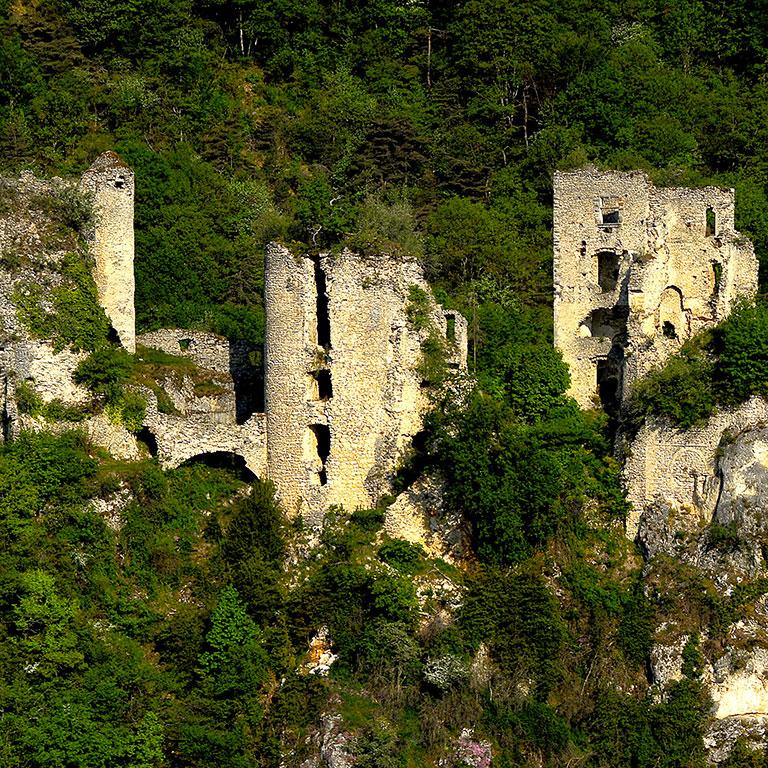
Landscapes shaped by man
Then, humans turned to livestock farming and agriculture. They settled in the most welcoming valleys of the Vercors, sheltered by its numerous caves where they left numerous traces, including splendid cave paintings.
During the Gallo-Roman period, the Vertacomicorians, a Celtic tribe who are said to have given their name to the Vercors, built the first villages. Human societies became structured, and economic activities spread across the territory, intensifying from the year 1000 under the leadership of local lords and monks.
The increasing appropriation of the Vercors' natural environments by mountain communities transformed its landscapes over the centuries, resulting in those so characteristic of today. This civilizational odyssey is particularly well recounted at the Museum of Prehistory.
Symbol of the French Resistance
The Vercors has not only provided men with its natural resources since the Stone Age, but also served as a refuge. This was particularly true during the Second World War. Men and women took to the maquis in this natural fortress, divided only by a few roads.
Despite the courage of its fighters, who were poorly armed and poorly trained, this fortified stronghold fell under the assault of German troops in July 1944. The repression was terrible.
Between epic and tragedy, the Vercors symbolizes the French Resistance. Walking along its hiking trails, you will encounter this history, still visible in the landscapes. Deep emotion as you wander past a memorial, martyr sites, or the Vercors Resistance Memorial.
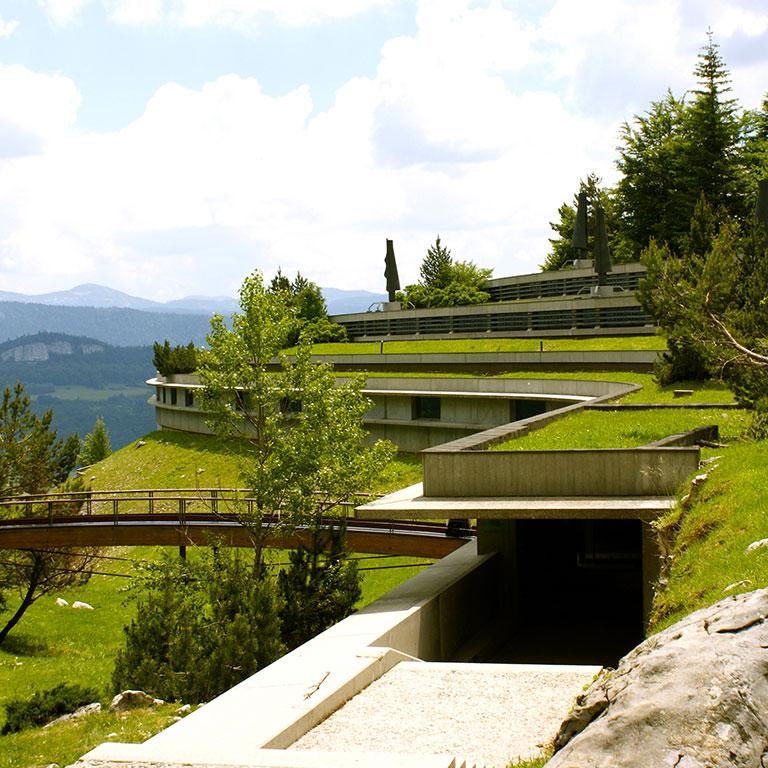
The Paths of Freedom
Located on the borders of Drôme and Isère, the Paths of Freedom offer visitors the chance to discover the key sites of resistance memory in the Vercors region. Coordinated by the Vercors National Park and led by local municipalities and heritage associations, this network aims, through its numerous initiatives, to revive the values of citizenship, commitment, and solidarity.
The booklet "The Paths of Freedom" brings together sites commemorating these sacrifices, in order to make these evocations of the past more visible and meaningful, and to demonstrate their belonging to a single journey of remembrance, of which the Memorial is the central stage. Its purpose is to guide visitors so they can better understand these events, steeped in memory.
